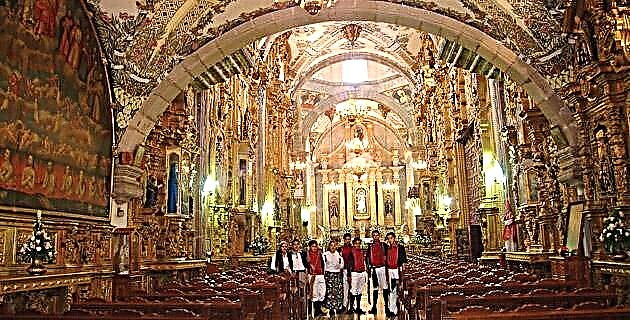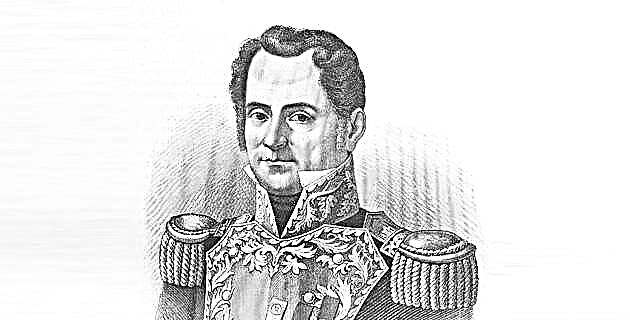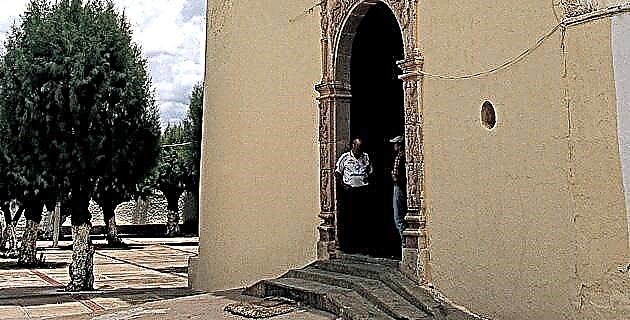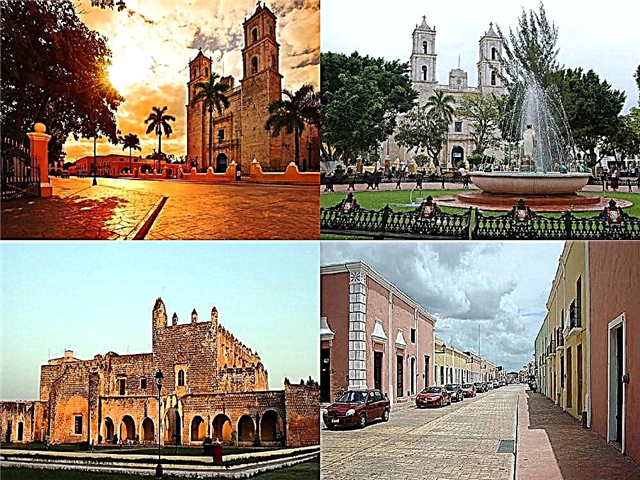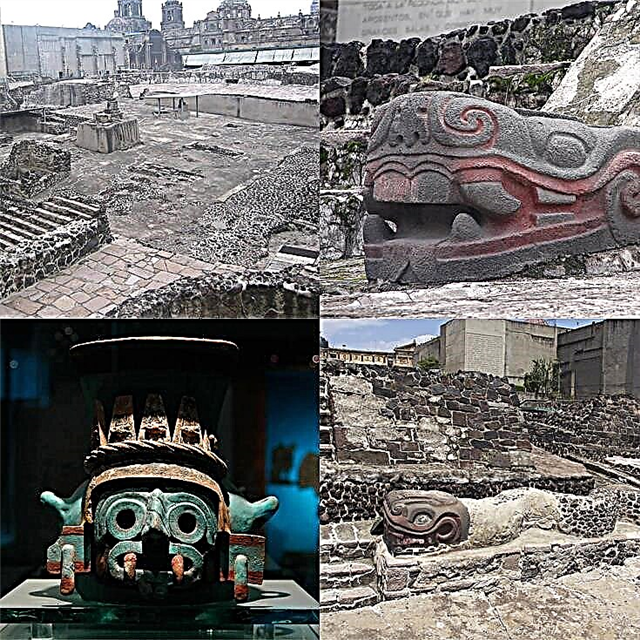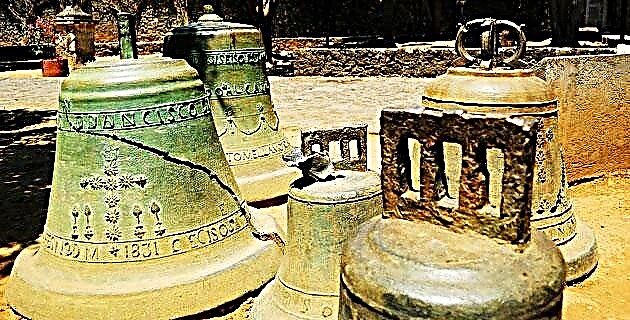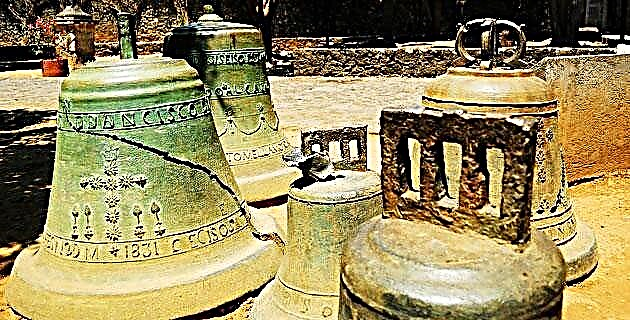
Time has always been linked to the bells. Do you remember those clocks that marked the time of play or meals in daily life from a few decades ago? Thus the bells became part of civil life, preserving, if not their religious symbolism, at least their role as markers of time.
The Latin word campanana has always been the one used to name the object with which we associate it today. Tintinábulum is an onomatopoeic word that was used in the times of the Roman Empire, which alluded to the sound that the bells produced when ringing. The word bell was used for the first time in a document from the 6th century. One of the places where these instruments began to be used regularly was an Italian region called Campania, from which the name may have been taken to identify them. Anyway, the bells serve to "signal", as indicators of the life of the temple, marking the hours of the assemblies and the nature of the sacred functions, as a symbol of the voice of God.
Bells are percussion instruments that fulfill a symbolic function for all humanity. In addition to measuring time, his voice rings out in a universal language, understood by all, with sounds that reverberate with absolute purity, in an eternal expression of feelings. At some point, we have all been waiting for the “bell” to signal the end of the fight… and even “recess”. In modern times, even electronic clocks and synthesizers emulate the tinkling of large chimes. No matter what religion the churches in which they raise their voices are from, the bells deliver an undeniable message of peace for all mankind. According to a Flemish legend from the 18th century, the bells have multiple functions: “to praise God, gather the people, summon the clergy, mourn the deceased, ward off plagues, stop storms, sing the festivities, excite the slow ones , appease the winds ... "
Today, bells are typically cast from a bronze alloy, that is 80% copper, 10% tin, and 10% lead. The belief that the timbre of the bells depends on the very small proportions that they may contain of gold and silver is no more than a legend. In reality, the loudness, pitch and timbre of a bell depend on its size, thickness, clapper placement, alloy composition, and the casting process used. By playing with all these variables - as in the various combinations of a chime - a high degree of musicality can be achieved.
For whom the Bell Tolls?
At the height of the day, the bells call for recollection and prayer. Joyful and solemn voices mark all kinds of events. The ringing of bells can be daily or special; among the latter, there are solemn, festive or mourning. As examples of the solemn ones are those of Corpus Christi Thursday, Holy Thursday, Holy and Glory Saturday, the ringing of Resurrection Sunday, etc. As touches for holidays, we have the ring that is given for world peace every Saturday at twelve o'clock, that is, the time of world prayer. Another traditional peal is on August 15, the date on which the titular feast of the metropolitan cathedral of Mexico is celebrated, to commemorate the Assumption of the Virgin. Another memorable occasion is December 8, which celebrates the Immaculate Conception of Mary. Nor could the ringing of December 12 be absent, to celebrate the Virgin of Guadalupe. In December the festive touches of Christmas Eve, Christmas and New Year are also made.
A solemn touch is performed with all the cathedral bells, when the Vatican announces the election of a new pontiff. To indicate mourning at the death of a pope, the main bell is rung ninety times, with a frequency of one chime every three minutes. For the death of a cardinal, the quota is sixty bells with the same interval, while for the death of a canon there are thirty bells. In addition, a Requiem mass is celebrated, during which the bells toll in mourning. On November 2, we pray for the deceased on the day of their festivity.
In churches the bells are usually tolled on a regular basis, throughout each day: from the dawn prayer (between four and five thirty in the morning), the so-called “conventual mass” (between eight thirty and nine o'clock), the evening prayer (around six o'clock) and the ringing to remember the blessed souls of purgatory (the last bell ringing of the day, at eight o'clock at night).
The bells in New Spain
Let's look at some historical data: In New Spain, on May 31, 1541, the ecclesiastical council agreed that the moment of raising the host should be accompanied by a ringing of bells. The "Angelus Domini", or "Angel of the Lord", is a prayer in honor of the Virgin that is recited three times a day (at dawn, noon and at dusk) and is announced by means of three chimes of bell separated by some pause. The noon prayer ring was instituted in 1668. The daily ringing "at three o'clock" - in memory of the death of Christ - was established from 1676. From 1687, the dawn prayer began to ring at four o'clock. the morning.
From the beginning of the seventeenth century the bells began to toll for the deceased each day, at eight o'clock at night. The duration of the ringing depended on the dignity of the deceased. The ringing for the deceased multiplied to such an extent that at times they became intolerable. The civil government requested that these rings be suspended during the smallpox epidemics of 1779 and Asian cholera of 1833.
The touch of "prayer" or "rogative" was made to invoke God in the remedy of some serious need (such as droughts, epidemics, wars, floods, earthquakes, hurricanes, etc.); they also rang to wish a happy voyage to the ships of China and the fleet of Spain. The "general peal" was a touch of rejoicing (as if to celebrate the entry of viceroys, the arrival of important ships, victory in battles against corsairs, etc.)
On special occasions, what was called "touching apart" was done (as in the case of the birth of a son of the viceroy). The "curfew" was to notify the population when they should collect themselves from their homes (in 1584 it was played from nine to ten at night; in different ways, the custom lasted until 1847). The "touch of fire" was given in cases of major fires in any building near the cathedral.
The longest peal in the history of Mexico's metropolitan cathedral is said to have occurred on December 25, 1867, when the triumph of the Liberals over the Conservatives was announced. At the urging of a group of liberal enthusiasts, the ringing began at dawn before light came on, and was played continuously until 9 p.m., when it was ordered to cease.
The bells and time
Bells are tied to time for several reasons. In the first place, there is a certain sense of what could be called "historical time", since they are objects that usually have many years since they were melted, in which a craft process was used that left artistic pieces of great heritage value. Second, “chronological time” cannot be dispensed with, hence the bells are used to measure time on clocks or are used in public ceremonies with chimes of meaning known to the community. Finally, we can say that there is something like a “utilitarian time”, that is, that time “is used”, taking advantage of it for the operation of the instrument: there is a periodicity factor in the pendular movement of a shearing, or there is moments of waiting for the slap of the clapper on the lip (which resonates with a sinusoidal frequency), or the fact that the sequence in which various pieces play on a chime is governed by a temporal pattern.
At the time, in New Spain, various artisans would work in the same guild: coin producers, who would change the way in which man would carry out his commercial operations; the cannon manufacturers, who together with gunpowder would go on to revolutionize the art of war; and, finally, the smelters of objects known as “tintinabulum”, which were like hollow pans, capable of producing a very happy sound when allowed to vibrate freely, and which were used by mortals to communicate with the gods. Due to the periodicity of their movements, the bells turned out to be very useful objects to measure time, forming part of clocks, bell towers and chimes.
Our most famous bells
There are some bells that deserve a special mention. In the 16th century, between 1578 and 1589, the brothers Simón and Juan Buenaventura cast three bells for the metropolitan cathedral of Mexico, including the Doña María, which is the oldest of the whole complex. By the 17th century, between 1616 and 1684, this cathedral had been adorned with six other large pieces, including the famous Santa María de los Ángeles and the María Santísima de Guadalupe. In the archive of the city council of the metropolitan cathedral, the engraving that was given to the foundry in 1654 to entrust him with the way in which the piece dedicated to the Guadalupana should be made is still preserved. In the 18th century, between 1707 and 1791, seventeen bells were cast for the Cathedral of Mexico, many of them by the master Salvador de la Vega, from Tacubaya.
In the cathedral of Puebla, the oldest bells date back to the 17th century and were cast by various members of the Francisco and Diego Márquez Bello family, from a distinguished dynasty of Puebla foundries. We must remember the popular tradition that runs in Angelópolis: “For women and bells, the poblanas”. Legend also has it that, once the main bell of the cathedral of the city of Puebla was placed, it was discovered that it did not touch; However, at night, a group of angels brought it down from the bell tower, repaired it, and put it back. Other prominent foundries were Antonio de Herrera and Mateo Peregrina.
At present, there is a clear absence of studies in campanology in Mexico. We would like to know much more about the foundries who worked in Mexico during the last five centuries, the techniques they used, the models on which they were based and the inscriptions of the most valuable pieces, although we know, of some foundries who worked at different times. For example, in the 16th century, Simón and Juan Buenaventura were active; in the 17th century, “Parra” and Hernán Sánchez worked; in the 18th century, Manuel López, Juan Soriano, José Contreras, Bartolomé and Antonio Carrillo, Bartolomé Espinosa and Salvador de la Vega worked.


